Juli McLoone
Posts tagged with American Culinary History
Showing 11 - 20 of 40 items

Culinary historian and Adjunct Curator Janice Bluestein Longone passed away on August 3, 2022 at the age of 89. Jan was the principal donor and driving force behind the formation of the Janice Bluestein Longone Culinary Archive, the culmination of a life-long interest in culinary history that she shared with her husband Dan Longone, University of Michigan Chemistry Professor Emeritus.
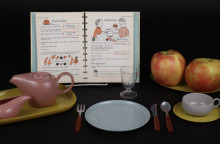
A new exhibit pairs a dozen selections from the Janice Bluestein Longone Culinary Archive (Special Collections Research Center) with dishes from the International Museum of Dinnerware Design. Enjoy this display in the Audubon Room from Thursday, July 7 to Thursday, September 29.

On Friday, February 12th, the U-M Library hosted its third annual Douglass Day celebration in honor of Frederick Douglass, 19th century American abolitionist, author, and orator. This year the event highlighted the life, legacy and work of Mary Church Terrell with a lecture from Dr. Shelley Haley followed by transcription, digital art-making, and socializing over baked goods!
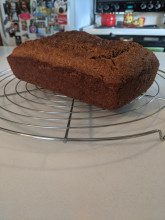
Due to newfound free time exclusively spent at home, bread baking has become massively popular as of late. Americans collectively baked enough bread to cause a national yeast shortage. For me, remote work at home led to research on Special Collection’s culinary archive; and, desperate to preserve my last packet of instant dry yeast, I decided to find out how bakers before us made non-yeast bread.
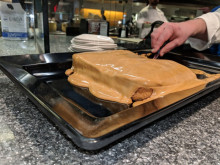
Earlier this month, Special Collections was pleased to host WEMU news reporter Jorge Avellan as he researched a story for their "Hidden in Plain Sight" program, featuring Malinda Russell's A Domestic Cook Book. This unpreposessing little 39-page booklet in faded paper wrappers is one of the greatest treasures of the Janice Bluestein Longone Culinary Archive. Published in Paw Paw, Michigan in 1866, A Domestic Cook Book is the only known copy of the oldest known cookbook published by an African American.
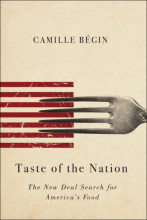
Join us at 4pm on Sept. 20 in the Hatcher Gallery. Dr. Camille Bégin, author of Taste of the Nation: The New Deal Search for America’s Food, will shape a cultural and sensory history of New Deal-era eating, illustrating how nostalgia, prescriptive gender ideals, and racial stereotypes shaped how the FWP was able to frame regional food cultures as “American.”
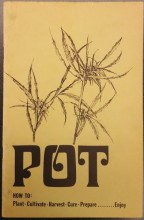
A quick peek at two cookbooks from the late 1960s, one for Summer of Love hippies and another for their more straight-laced counterparts at home.

In 1824, Mary Randolph poured a lifetime's worth of experience as manager of a grand estate into a single unassuming volume of recipes and household hints. Arguably America's first regional cookbook, The Virginia House-wife represents decades of changing fortunes and evolving palates for the Randolphs, and indeed the whole country, in the years immediately proceeding the Revolutionary War.
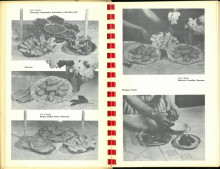
The Janice Bluestein Longone Culinary Archive (JBLCA) at the University of Michigan Special Collections Library documents American culinary history, defined broadly to include both influences upon American foodways and the influence of American culinary practices elsewhere. The recent acquisition of a small cookbook collection formerly belonging to Colonel Karnig “Carl” Mahakian (1926-2015) contributes to JBLCA's strength in immigrant culinary traditions and charity cookbooks.

The first Friday in June is National Doughnut Day! We have items across our collections that feature this delectable treat...